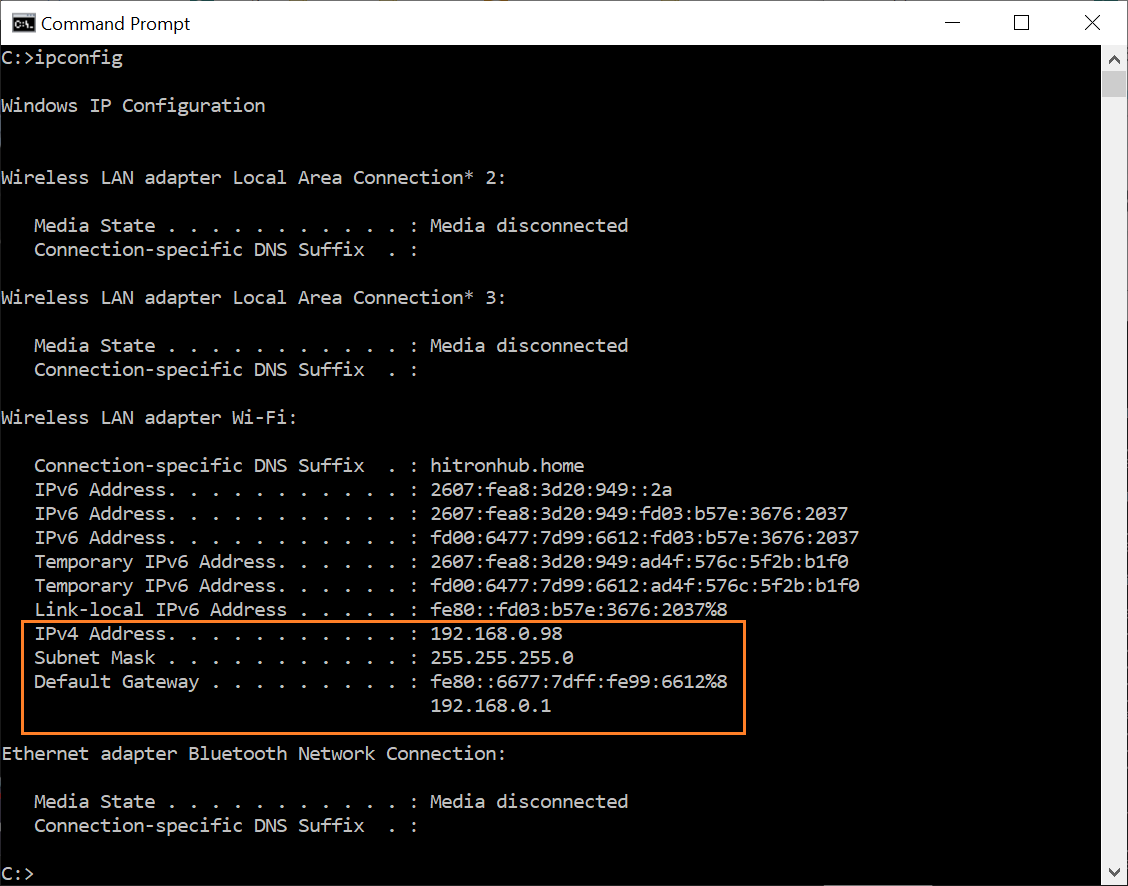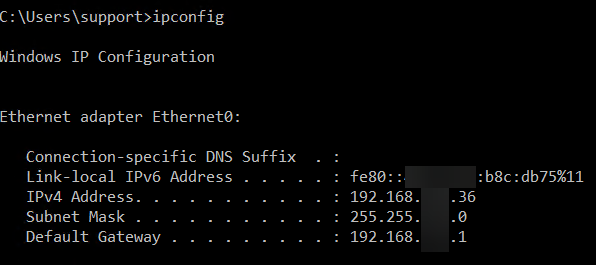Ipconfig Command
 SHREE RAM BABU
SHREE RAM BABU
What is IPCONFIG COMMAND?
IPCONFIG is a System Service Tools (SST) Advanced Analysis command that allows viewing or altering IP configuration settings not available through the standard TCP/IP configuration menus.

What are the Benefits of IPconfig?
Here are the main benefits of using the IPconfig command:
Easily troubleshoot network connection issues.
Quickly identify any DHCP settings that may not be properly applied.
Configure and maintain your network settings for optimal performance.
View wireless networks in the range of your computer and obtain their security settings.
Release or Renew IP addresses from the DHCP server.
Display current network information for interfaces on the machine.
Modify DNS servers and set default gatwaye.
IPCONFIG command
IPCONFIG is a System Service Tools (SST) Advanced Analysis command that allows viewing or altering IP configuration settings not available through the standard TCP/IP configuration menus.
To use the IP configuration command support, follow these steps:
Access System Service Tools by using the CL command Start System Service Tools (STRSST).
Select Start a service tool.
Select Display/Alter/Dump.
Select Display/Alter storage.
Select Licensed Internal Code (LIC) data.
Select Advanced analysis. (You must page down to see this option.)
Page down until you find the IPCONFIG option. Then, place a 1 (Select) next to the option and press Enter. You are now on the Specify Advanced Analysis Options window. The command shows as IPCONFIG.
*Enter '-h' without the quotation marks and press Enter to display the available options.

Why ipconfig is used for?
The ipconfig has many uses, as it’s quite a versatile tool. It has basic functions, such as viewing IP (Internet Protocol) address information and troubleshooting network issues, which is helpful for all users. However, it also has more advanced functions better for professional use, such as blocking scripts and diagnosing VPN problems.
Using ipconfig to view IP address information
One of the primary uses of the ipconfig command is to display the current IP information and configuration of a computer. This information includes the IP address, the subnet mask, and the default gateway of each active network interface.
Common ipconfig commands and switches
Ipconfig offers several options and switches that can be used to customize the information displayed in the command or change the actions performed. The basic syntax of the ipconfig command is “ipconfig [options],” where “options” are the optional parameters used to modify the command’s output. Some of these most used options include:
ipconfig /all: Displays detailed information about all adapters, including the IP address, subnet mask, default gateway, DHCP server, and DNS servers
ipconfig /release: Releases the DHCP lease for the specified adapter
ipconfig /renew: Requests a new DHCP lease for the specified adapter
ipconfig /flushdns: Clears the DNS cache on the computer
ipconfig /? or /help: Displays all the available options for the ipconfig command.
What is Ethical Hacking and Types of Hackers ?
What is Computer Networking and Types of Networks?
Subscribe to my newsletter
Read articles from SHREE RAM BABU directly inside your inbox. Subscribe to the newsletter, and don't miss out.
Written by
